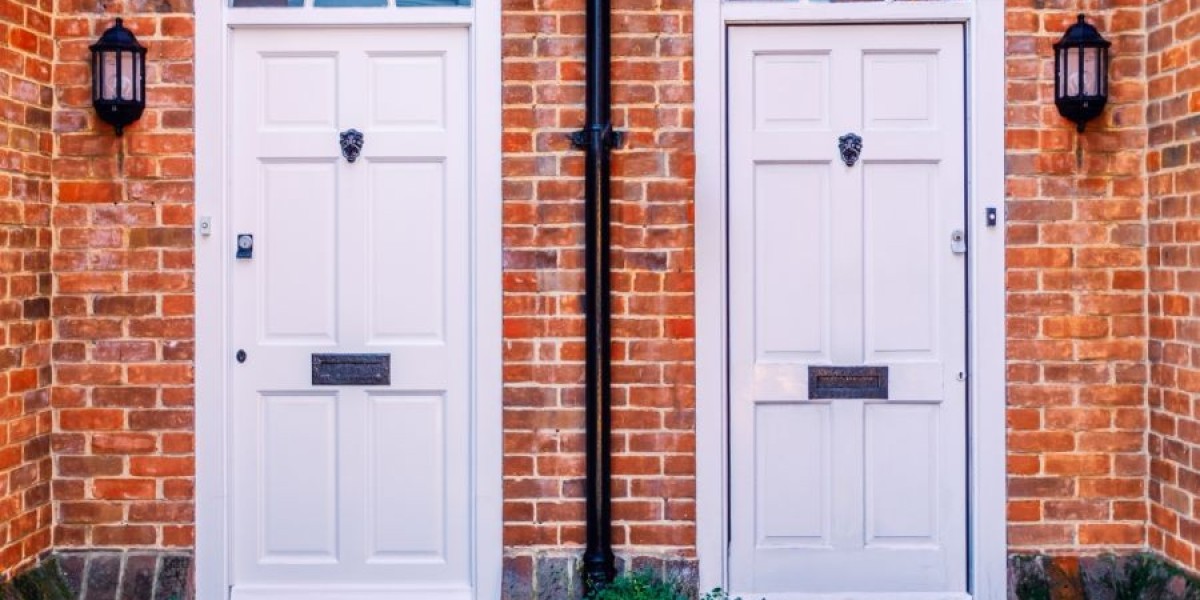Understanding a Dilapidations Survey
A dilapidations survey is a detailed inspection conducted to assess a property's condition before leasing it. The survey typically documents any existing wear and tear, structural issues, and repairs needed to comply with lease terms. For tenants, a dilapidations survey provides transparency about the property’s current state and helps avoid unexpected expenses at the end of the lease.
Dilapidations surveys are commonly conducted by qualified chartered surveyors who specialize in property inspections and building standards. These professionals evaluate aspects like walls, floors, windows, roofs, plumbing, and electrical systems to provide a clear picture of the property’s condition.
Key Reasons to Conduct a Dilapidations Survey
1. Protecting Yourself from Future Repair Costs
One of the main benefits of conducting a dilapidations survey is that it safeguards tenants against potential repair costs when the lease ends. Without this survey, tenants may be liable for repairs and maintenance that existed before they took occupancy. By documenting any pre-existing issues, the survey ensures that tenants are only responsible for damages or wear that occurred during their lease period.
A dilapidations survey can also act as a reference if the landlord requests repair work upon the lease's end. With a comprehensive report in hand, tenants have evidence of the property's initial condition, preventing disputes and unexpected expenses.
2. Negotiating Lease Terms and Rent
Landlords are often more flexible with lease terms and rent negotiations when tenants have evidence from a dilapidations survey. For example, if the survey identifies significant repairs or maintenance needs, tenants can negotiate to have these issues addressed before moving in or request a reduction in rent to compensate for the property's condition.
This bargaining power is particularly valuable for commercial tenants who require a well-maintained property for operations. By addressing any property flaws upfront, tenants can ensure a safe and suitable environment, adding to the overall value of their lease agreement.
3. Clarifying Maintenance Responsibilities
A dilapidations survey also serves to clarify maintenance obligations, reducing potential conflicts during the lease. Lease agreements often contain clauses outlining who is responsible for maintenance, repairs, and general upkeep of the property. However, these clauses can sometimes be vague or open to interpretation.
With a dilapidations survey, both landlords and tenants have a clear baseline, ensuring that responsibilities are explicitly understood. This prevents disagreements later, as tenants will have a documented report detailing the property's initial state and maintenance requirements.
4. Avoiding End-of-Lease Disputes
One of the most common conflicts between tenants and landlords arises when a lease ends, and landlords claim that the property is in worse condition than when it was first occupied. Without a dilapidations survey, tenants may find it difficult to prove that certain damages or issues were already present before their occupancy.
A dilapidations survey provides the evidence necessary to avoid these disputes. This way, landlords cannot hold tenants accountable for existing damages, and tenants can confidently assert their rights, knowing they are only responsible for wear and tear directly related to their use of the property.
5. Planning for Budget and Financial Impact
A thorough dilapidations survey can reveal repair or maintenance issues that could be costly in the future. By having an accurate understanding of the property’s condition, tenants can plan for any necessary budget adjustments to address upkeep and repairs during their tenancy.
This is especially important for businesses that need to factor in the property’s upkeep costs as part of their operational budget. By understanding potential financial obligations, tenants can make more informed decisions and avoid unexpected repair expenses that could affect their bottom line.
6. Meeting Legal and Safety Standards
Dilapidations surveys are valuable for identifying any safety or compliance issues that may not be immediately visible. Surveyors can identify potential hazards, such as structural weaknesses, faulty wiring, or plumbing issues, which could pose risks to occupants.
For commercial properties, ensuring that the building meets safety standards is particularly important as it helps protect the well-being of employees and customers. Addressing these issues before occupying the property demonstrates a commitment to safety and compliance, reducing the risk of legal issues down the road.
What Does a Dilapidations Survey Include?
Dilapidations surveys generally cover a range of structural, mechanical, and aesthetic aspects of the property. While each survey is unique to the property, some common areas of focus include:
- Structural Elements: Surveyors assess the walls, roof, windows, and foundation to ensure structural integrity. Any cracks, water damage, or foundational issues are noted.
- Interior and Exterior Condition: This involves examining interior and exterior surfaces for wear, including floors, ceilings, walls, and paint quality. Exterior elements like brickwork, roofing, and drainage are also evaluated.
- Mechanical and Electrical Systems: Surveyors review HVAC systems, plumbing, and electrical wiring to identify potential problems or areas that require upgrading or replacement.
- Fixtures and Fittings: The survey includes an assessment of fixtures and fittings to ensure they are in good working order and meet current safety standards.
By examining these areas, the surveyor provides a comprehensive report detailing the current state of the property and identifying any areas that require attention.
Choosing a Qualified Dilapidations Surveyor
Finding a qualified dilapidations surveyor is essential to ensure an accurate assessment. Look for professionals with certifications from reputable organizations, such as the Royal Institution of Chartered Surveyors (RICS). An experienced surveyor has the expertise to thoroughly examine the property and provide detailed insights into its condition.
In addition, choosing a surveyor with local knowledge of the area’s building codes and common property issues is beneficial, as they’ll be better equipped to identify issues specific to the region.
Conclusion: Safeguard Your Lease with a Dilapidations Survey
Conducting a dilapidations survey before signing a lease provides critical protection, helping tenants avoid unexpected costs, disputes, and potential safety risks. By identifying a property's existing conditions, tenants can ensure they are only responsible for damages incurred during their lease and can effectively negotiate lease terms. Whether you're leasing a commercial space or residential property, investing in a dilapidations survey gives you the peace of mind needed to move forward with confidence.



